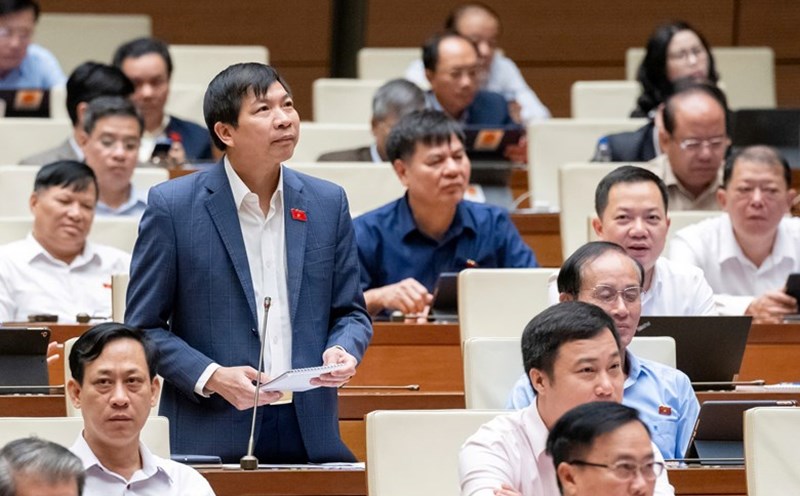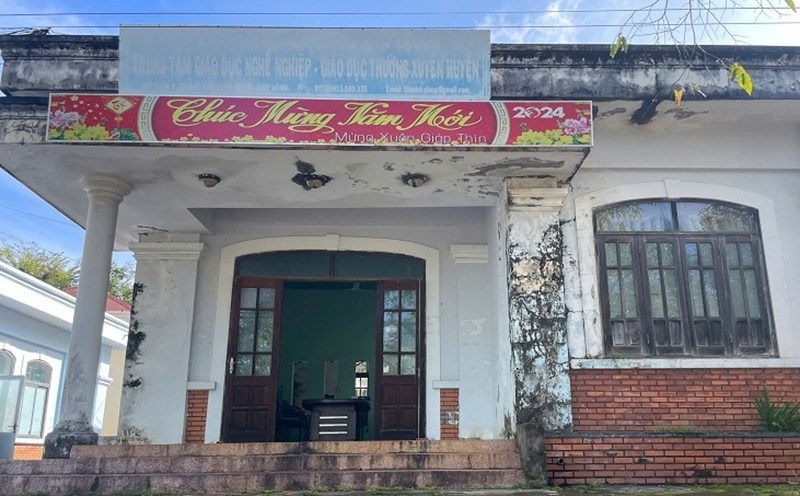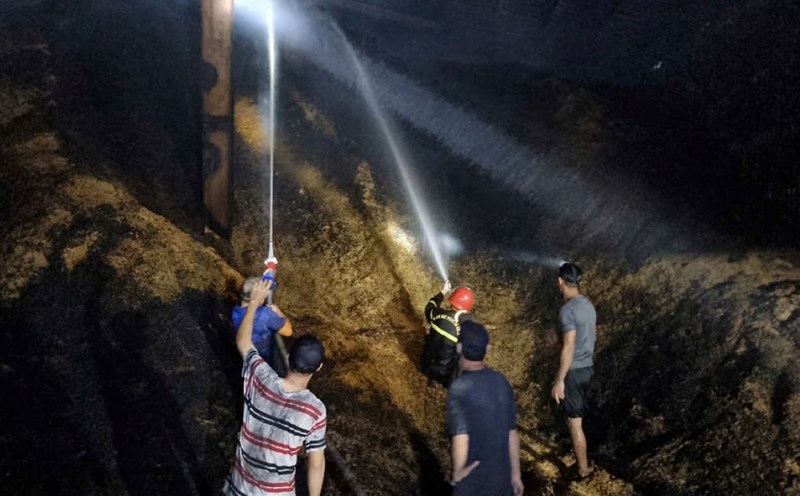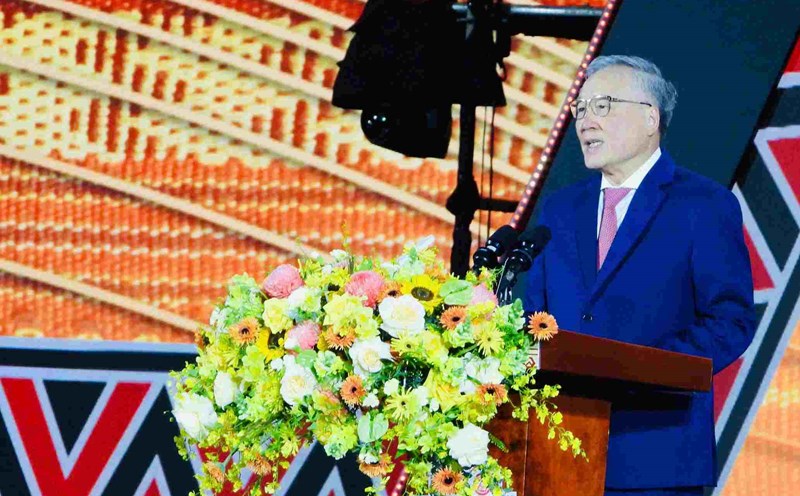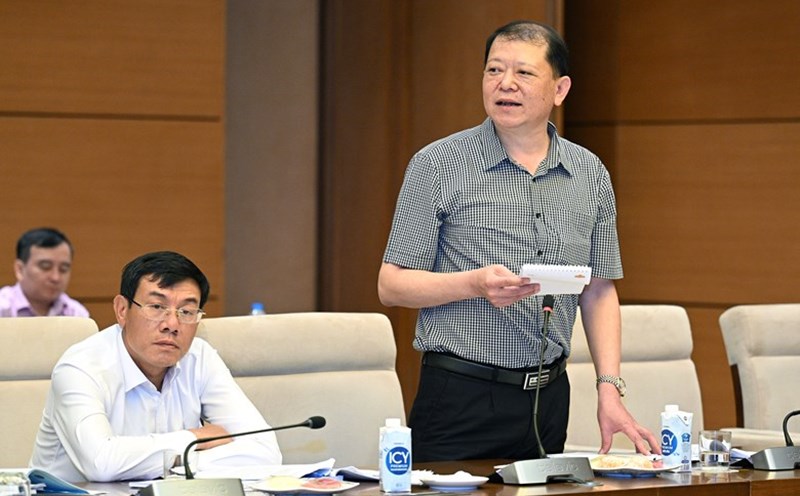Teaching bricklayers and vegetable growing
In Ia Grai district, Gia Lai province, many vocational training classes are always full of students. Workers are eager to learn about growing crops, raising livestock, weaving traditional brocades, etc. In particular, there are some female workers who are passionate about the bricklaying profession.
Ms. Ro Cham Hoa, Duc Thanh village, Ia Sao commune, Ia Grai district shared: “For a long time, people thought that the job of bricklayers “working in the rain and sun” was for men. But Jrai women can also hold shovels and trowels to plaster houses.”
Thanks to thorough vocational training, Ms. Ro Cham Hoa joined a group of workers in the commune to build local projects. Contractors hired the group of workers to build schools, houses, community cultural houses, etc.
On average, a bricklayer is paid between 300,000 and 500,000 VND per day. This decent income helps them support their families and send their children to school.
In the same class of bricklayers, Ms. Siu Then, Duc Thanh village, Ia Sao commune, said: “Although busy with the harvest season, my students and I still try to come to class. The knowledge the teacher imparts is very valuable, and the students’ understanding is improved.

With bricklayer skills, construction work requires strict technical requirements, and workers can easily keep up with it.
The district's Vocational Education and Continuing Education Center also opens other training classes on agricultural production, plant protection, garment making, animal husbandry, etc. to diversify the needs of workers' lives.
Vocational training closely follows practical needs
From 2021 to 2024, the District Vocational Education and Continuing Education Center will send teachers to villages to teach and pass on skills to thousands of local workers, most of whom are young working age.
Mr. Nguyen Tien Dung - Chairman of the People's Committee of Ia Sao commune, Ia Grai district could not hide his joy because this year the commune has a total of 5 villages meeting new rural standards, with 99.6% of the population using clean water.
Houses of many households in ethnic minority villages and public works have been built by a number of trained workers.
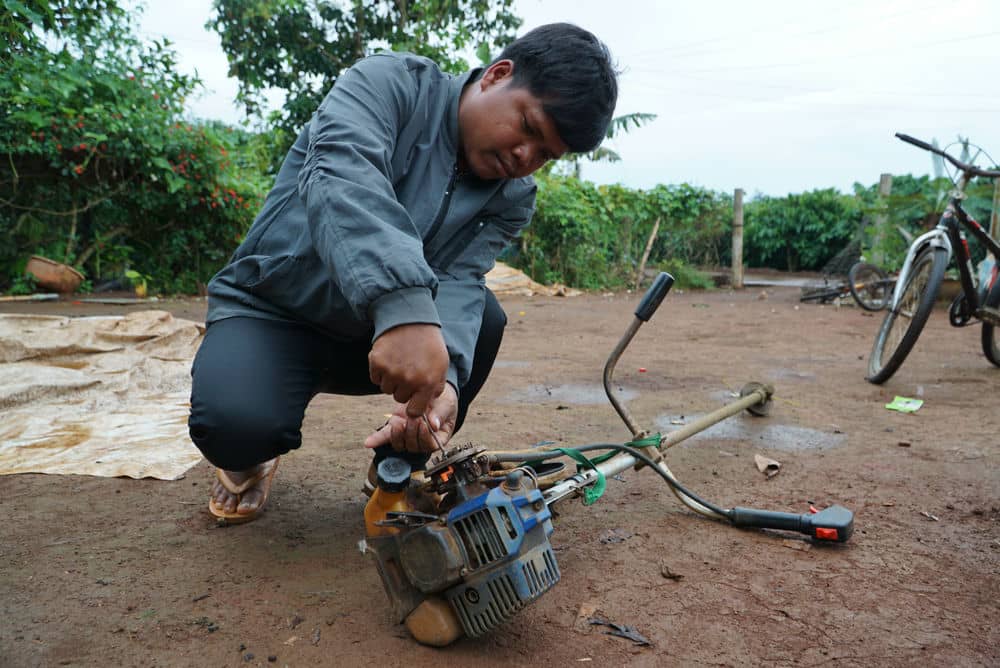
According to Mr. Dung, Ia Sao commune has a large coffee growing area, with the highest productivity and output in the region. The district organizes classes to teach occupations such as: Cultivation, care of coffee, durian, cashew gardens, etc. In particular, the district also organizes training for male workers in bricklaying, in accordance with market trends and local needs.
Ms. Truong Thi Hai Van - Vice Chairman of Ia Sao Commune People's Committee shared: "Vocational training according to the National Target Program, socio-economic development in ethnic minority and mountainous areas is a humane and effective program for the working class.
Vocational learners are equipped with skills, first of all to help themselves and their families improve their lives and increase labor productivity. From there, workers, with the help of the government and policy capital, will confidently rise out of poverty.


